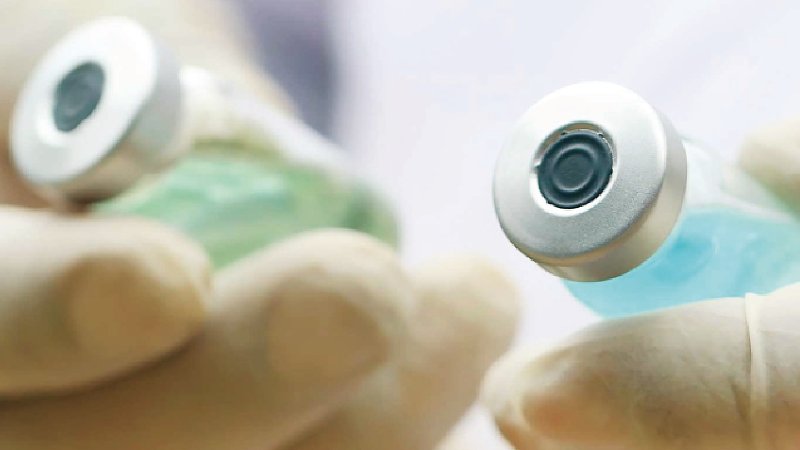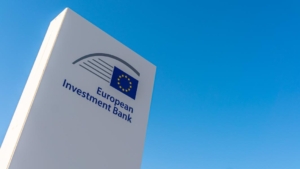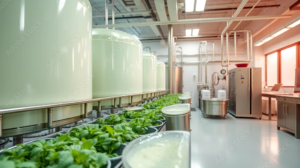
Biosimilars: A crippling lack of information
The US has opened the floodgates to cheaper versions of biologic medicines, and analysts predict that by 2020, biosimilar protein meds could seize a significant share of a projected €390bn market. That's good news for national health services and insurers, which stand to save billions in payouts. As expensive biologics begin to go off-patent, competitors with knockoffs are planning their onslaughts. But for biosimilars to have a future, both physicians and patients have to be sold on the idea - and many of them remain uninformed and unconvinced. The field is at a crucial juncture.
If you believe Murray Aitken, deficit-ridden healthcare systems across the globe can save a lot of money through the use of the latest generation of biosimilars. He estimates that payors in the US and five major EU markets can cut costs by US$49bn over the next five years if the copycat meds are able to displace expensive biotech blockbusters losing patent protection by 2020. Aitkens is the Executive Director of the IMS Institute for Healthcare Informatics, and the author of the brand new report Delivering on the Potential of Biosimilar Medicines.
It’s easy to understand what makes biosimilars more cost-effective: biosimilar producers don’t have to submit a full dossier for market approval. But because biosimilars are manufactured with different cell lines than those used in the original, they do have to convincingly demonstrate comparability before receiving authorisation in their major target markets – the US and the EU. The IMS calculation is based on the assumption that lower development costs for biosimilars will translate into a price reduction per treatment day of around 20%. If that estimate proves conservative and prices drop by 30%, says the study, then healthcare systems could even save up to €74bn by 2020, changing the landscape by giving many more patients access to modern treatments with therapeutic proteins or monoclonal antibodies. Aitken stresses, however, that not all markets are ready to fully benefit from the imminent surge of biosimilar molecules.
Since the EU approval of the first biosimilar Omnitrope (Sandoz) a decade ago, the EU market has been slow to adopt biosimilar growth hormones such as somatropins and erythropoietins (EPOs), sexual hormones like follitropin alfa, or cytokines like filgrastims. Following the launches of biosimilar EPOs or filgastrims in Europe, prices fell between 14-59% locally (without rebates). However, market penetration by biosimilars couldn’t be simply linked to price reductions.


 gov.uk
gov.uk EIB, Oscar Romano
EIB, Oscar Romano adobe.stock.com - Cathy
adobe.stock.com - Cathy